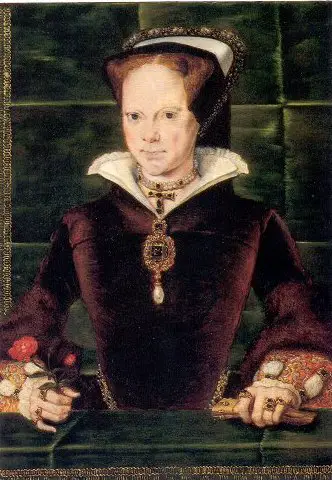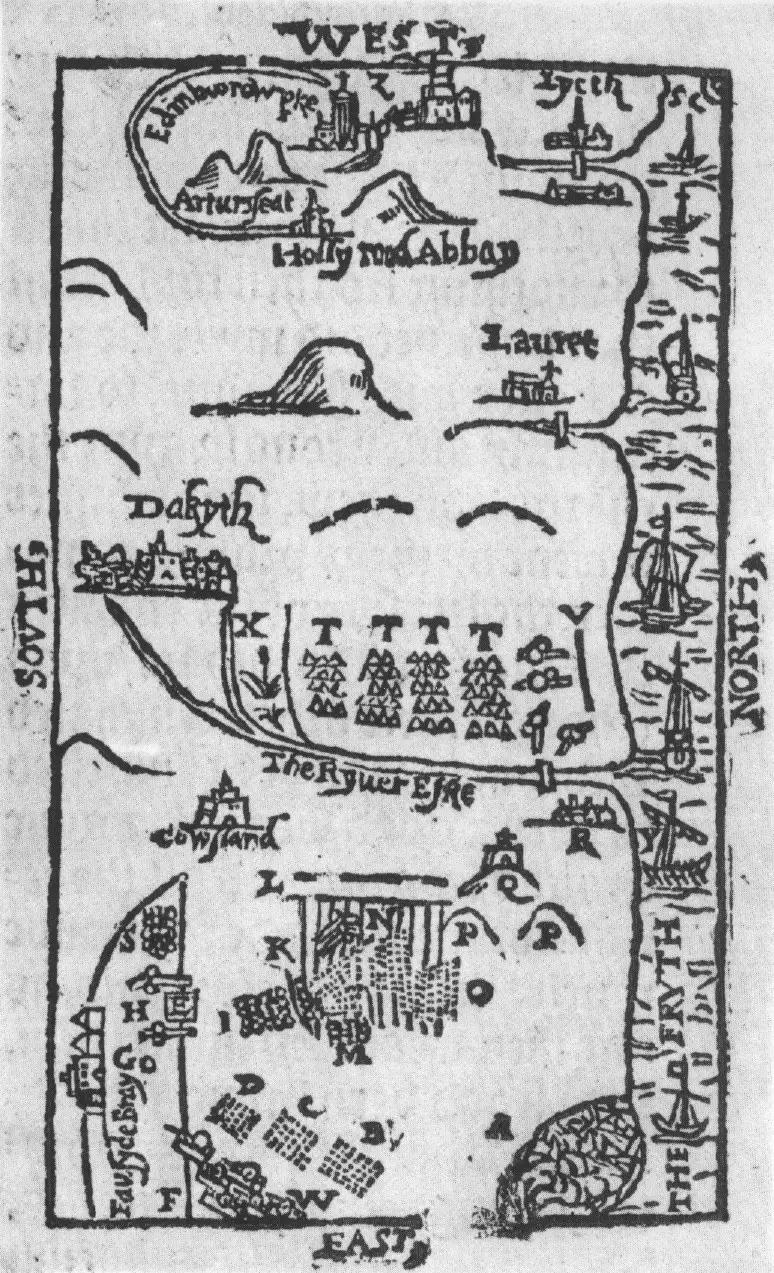 Christmas Eve, 1601. The setting: a sleepy, south-eastern port town in Ireland. The Nine Years War of Ireland had been raging since 1594, with the English fighting to have control of Ireland under Elizabeth I of England. The unorganized Irish had won several battles and skirmishes against the English, frequently through the use of ambush. But in 1601, trained Spanish troops arrived, giving great hope to the Irish.
Christmas Eve, 1601. The setting: a sleepy, south-eastern port town in Ireland. The Nine Years War of Ireland had been raging since 1594, with the English fighting to have control of Ireland under Elizabeth I of England. The unorganized Irish had won several battles and skirmishes against the English, frequently through the use of ambush. But in 1601, trained Spanish troops arrived, giving great hope to the Irish.
Ireland was a Catholic country and Catholic Spain had recently suffered the humiliating defeat of their Armada by Elizabeth I in 1588. The Spanish, led by Don Juan del Áquila, arrived at Kinsale in September of 1601, with Kinsale being the poorest choice to undergo a siege, as it was situated in a hollow and did not have strong walls. The Spanish were forced to land at Kinsale due to poor weather. The English experienced some relief when they learned that the Spanish fleet was headed for Ireland and not England.
In swift response by the English to the Spanish landing, Lord Mountjoy and his forces quickly arrived to deal with the Spanish troops, locking down the harbor and overtaking the forts. Áquila wrote to Spain, asking for more troops and supplies, along with warships; this was an amphibious war.
Hugh O’Donnell and Hugh O’Neill, “the two vipers of the kingdom,” per Mountjoy, decided to march on Kinsale. O’Donnell left on 23 October 1601 and speedily made for Kinsale; O’Neill left about a week after. The two Irish leaders met on 15 November at Bandonbridge and Spanish reinforcements arrived on 1 December 1601. Later in December, O’Donnell and O’Neill had a combined Irish force of 8,000 horse and foot, plus 3,000 calvary. Captain Richard Tyrrell of Brenockton, County Westmeath, also joined the battle with his 600-man force. Mountjoy and the Earl of Thurmond, with Welsh troops, had planned to combine. At this point, O’Donnell and O’Neill decided to attack the two English camps, in hopes of allowing the Spanish to enter the battle from their hold in Kinsale.
On the morning of Christmas Eve, 24 December 1601 (3 January 1602 by the Gregorian calendar), O’Donnell and O’Neill began their siege, employing a three-pronged tactic: the main Irish force would attack Mountjoy’s men, with reliance on O’Neill’s men and their training in formal warfare and formations. However, O’Neill and O’Donnell had entirely different ideas for executing the attack. O’Neill had thought to hassle Mountjoy, forcing them to endure winter exposure and lack of provisions. O’Donnell wished to attack immediately.
Mountjoy caught sight of O’Neill’s troops in the early morning hours. The Spanish stayed in the town because Tyrrell and his men were not yet in place to allow the Spanish to join. Mountjoy responded by sending several thousand horsemen onto the open ground, making O’Neill’s men fight where Mountjoy wanted them to. O’Neill attempted to retreat over marshy ground and was followed by Mountjoy for a time, but then was able to join with Tyrrell. O’Donnell’s men were coming up the rear. Mountjoy then charged.
Áquila ignored the peeling plea of Irish musketry to come join the battle, and never actually came out of Kinsale to help O’Donnell, O’Neill and Tyrrell. After a brief glimpse of victory by O’Neill, Mountjoy counter-attacked and forced the Irish cavalry back on their infantry; this caused O’Neill’s men to break and disheartened them so much so that they fell back and fled. Tyrrell’s men were forced to retreat to a hilltop. O’Donnell’s men were demoralized by the sight of O’Neill and Tyrell’s impending defeat and abandoned the task. The English had won in under two hours.
It is not known what the exact casualties of the Battle of Kinsale were, but there is no question that the victory went to Elizabeth I’s forces under Mountjoy. Such was the Battle of Kinsale on Christmas Eve of 1601.
** Author’s note: For such a short battle, there are a multitude of moving parts. As such, for the purposes of this short analysis, I left out several details, and focused on the main issues of the battle in an effort to provide more of a general overview.
Heather R. Darsie lives in the United States with her family and three parrots. She works in the legal field, with a focus on children. She obtained a Bachelor of Arts degree in German Languages and Literature, then a Juris Doctorate in American jurisprudence, and studied abroad in Costa Rica and France. Heather has always loved history. She first became acquainted with Elizabeth I when she was in middle school and chose to write a book report about her. Since then, she has always held an interest in the Renaissance and its numerous enigmatic citizens, with particular focus on the history of England and Italy. She is currently working on a book on the heraldry of Tudor women and is also researching Anne of Cleves.
Sources and Suggested Reading
Image: Siege and Battle of Kinsale, 1601 from the Pacata Hibernia, 1633.
- McGurk, J. “The Battle of Kinsale, 1601.” Published in Early Modern History (1500–1700), Features, Issue 3 (Autumn 2001), Volume 9.
- B. W., the Anonymous. “Battle of Kinsale 1601.” 1999. http://www.rootsweb.ancestry.com/~irlmun2/History/kinsalebatt.htm Retrieved 17 December 2015.
- MacCaffrey, W.T. Elizabeth I: War and Politics 1588-1603. (Princeton: 1992).
- McGurk, J. The Elizabethan Conquest of Ireland. (Manchester: 1997).
- Edwards, R. Dudley. Ireland in the Age of the Tudors. (Meuthen & Co., LTD: 1950).



I AM A DIRECT DESCENDENT OF LORD MOUNTJOY, THIS WAS VERY INTERESTING.
Thank you for your comment, Angela! I am glad you enjoyed the article.